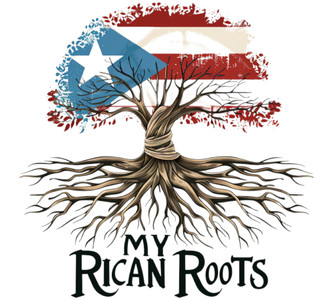Puerto Rico’s Historical Journey
Jun 11th 2024
Puerto Rico’s history is a tale of resilience and adaptation, marked by periods of profound change and cultural blending. Discovered by Christopher Columbus in 1493, the island quickly became a prized Spanish colony, integral to the empire's New World ambitions. Over the centuries, Puerto Rico evolved under Spanish rule, developing a unique Creole culture that blended European, African, and indigenous influences. This period saw the construction of iconic structures like El Morro and La Fortaleza, fortresses that still stand as testaments to the island's strategic importance.
In 1898, the Spanish-American War brought another significant shift as Puerto Rico became a U.S. territory. This transition introduced new political dynamics and economic opportunities, further shaping the island's identity. Despite the challenges of colonial rule and modern political complexities, Puerto Ricans have maintained a strong sense of cultural pride and autonomy. Today, this blend of Spanish and American influences is evident everywhere—from the vibrant architecture of Old San Juan to the island’s bilingual population, reflecting a rich tapestry of heritage and contemporary life.
